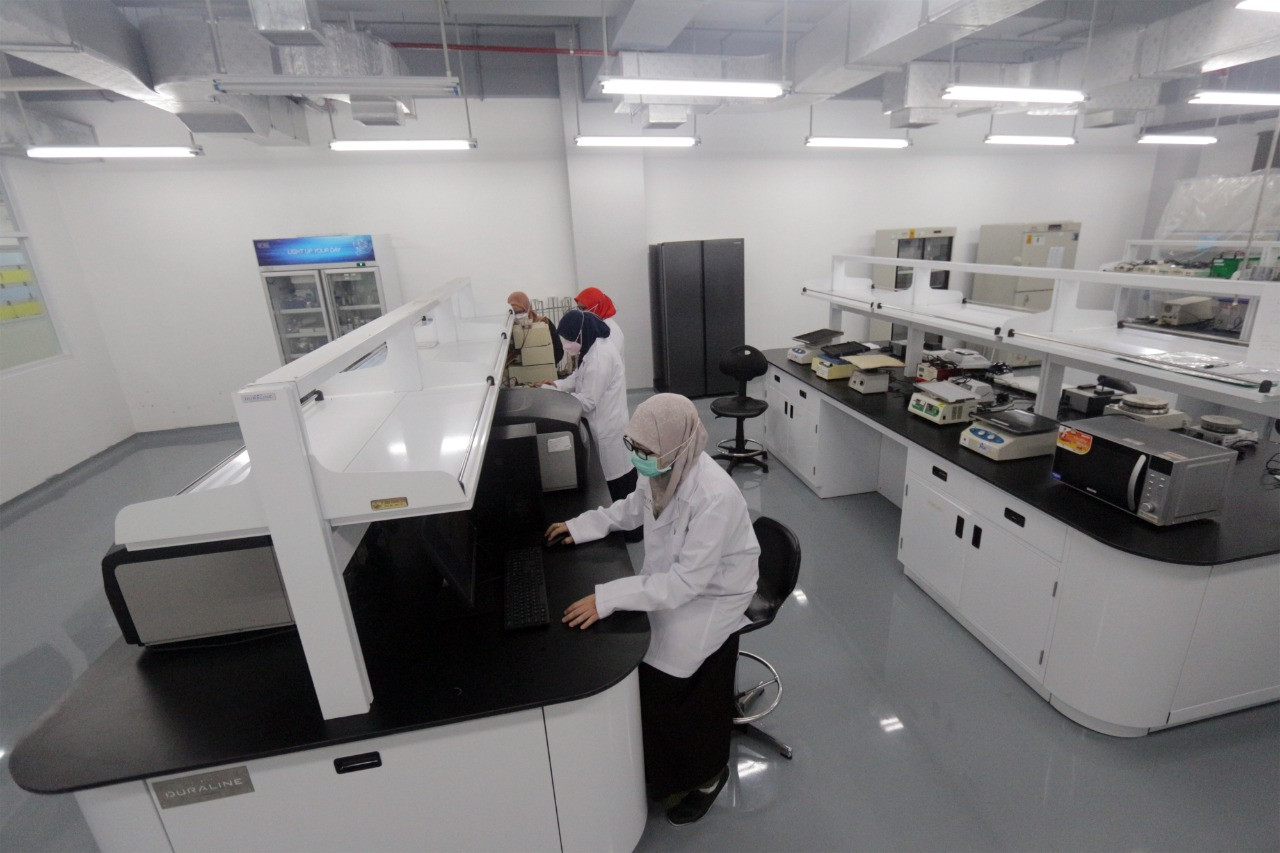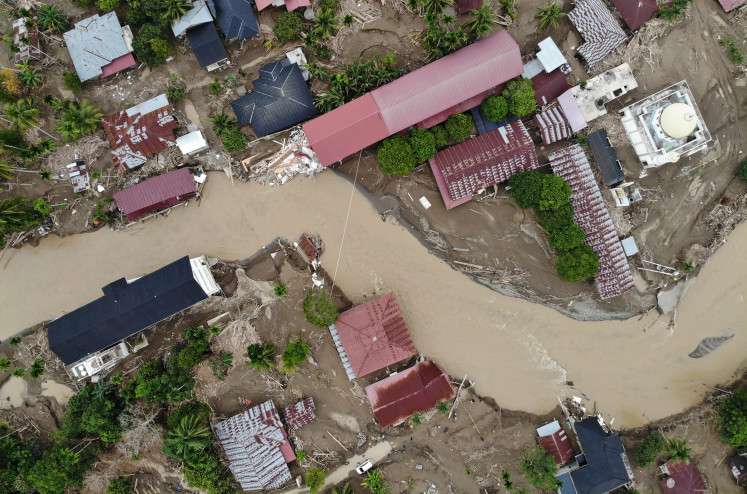Popular Reads
Top Results
Can't find what you're looking for?
View all search resultsPopular Reads
Top Results
Can't find what you're looking for?
View all search resultsASEAN must nurture growth at epicenter
Analysis of a dataset encompassing manufacturing firms from the World Bank Enterprise Survey reveals a concerning trend: foreign ownership appears to constrain R&D expenditures.
Change text size
Gift Premium Articles
to Anyone
A
s ASEAN commemorates its 56th anniversary this year, Indonesia as the chair is highlighting the theme of "ASEAN Matters: Epicentrum of Growth". This theme encapsulates both promise and challenge. ASEAN nations grapple with disparities in total factor productivity (TFP), a key economic indicator that measures the ratio of output to the combined inputs of capital and labor, which stands as a comprehensive yardstick for productivity and the efficiency of resource utilization in the production process.
Early International Monetary Fund (IMF) studies underscore significant discrepancies among ASEAN member states. From 1978 to 1996, Singapore (2.2 percent), Thailand (2.0 percent), and Malaysia (2.0 percent) exhibited more robust TFP growth, while Indonesia trailed at 1.2 percent and the Philippines even experienced negative performance (-0.8 percent). A more recent 2018 study by the ASEAN Secretariat highlighted a persistent divide, revealing that seven out of ten ASEAN countries witnessed negative average TFP growth rates, with Malaysia, Singapore and Thailand as the exceptions.
As the trajectory of TFP closely aligns with research and development (R&D), as noted by Steven Englander in his Organisation for Economic Co-operation and Development (OECD) observations, it becomes imperative to probe the factors contributing to lagging productivity within ASEAN. The World Intellectual Property Organization (WIPO) revealed that limited R&D engagement primarily stems from the middle-income classification of most ASEAN economies, leading to constrained R&D funding, especially for industrial players.
A pivotal question emerges: Has ASEAN's investment-friendly disposition stimulated R&D and, by extension, productivity? The ASEAN Secretariat's report accentuates the positive trend of investment in the region, disclosing that in 2021, the region rebounded with a 42 percent surge in foreign investment, countering the COVID-induced downturn. This resurgence translated into a significant inflow of US$174 billion, solidifying ASEAN's position as a prime recipient of foreign investment among developing economies, second only to China in 2021.
This influx of Foreign Direct Investment (FDI) predominantly funnels into the manufacturing sector, closely followed by financial services and the service industry, pillars that underpin digital economic expansion. Particularly noteworthy is the striking 134 percent upswing in FDI within the manufacturing sector, amounting to a substantial $44.7 billion. These investments notably target cutting-edge industries such as Electric Vehicles (EVs), electronics, biomedics and pharmaceuticals.
However, R&D within ASEAN's manufacturing landscape has yet to attain the desired dynamism. Analysis of a dataset encompassing manufacturing firms from the World Bank Enterprise Survey revealed a concerning trend: foreign ownership appears to constrain R&D expenditures. This observation resonates with the World Bank's assessment, indicating that ASEAN's average R&D spending hovers around 0.84 percent of gross domestic product (GDP) up to 2018. Regrettably, Indonesia's R&D investment remains below this average, at approximately 0.28 percent of GDP.
Especially for Indonesia, this figure is quite worrying as the country’s R&D landscape is grappling with disconcerting statistics: a mere 20 percent of its R&D expenditure emanates from the private sector, while a staggering 80 percent is shouldered by the government. This incongruity stands in stark contrast to UNESCO's vision of a thriving R&D ecosystem, raising alarms about the nation's innovation trajectory.



















